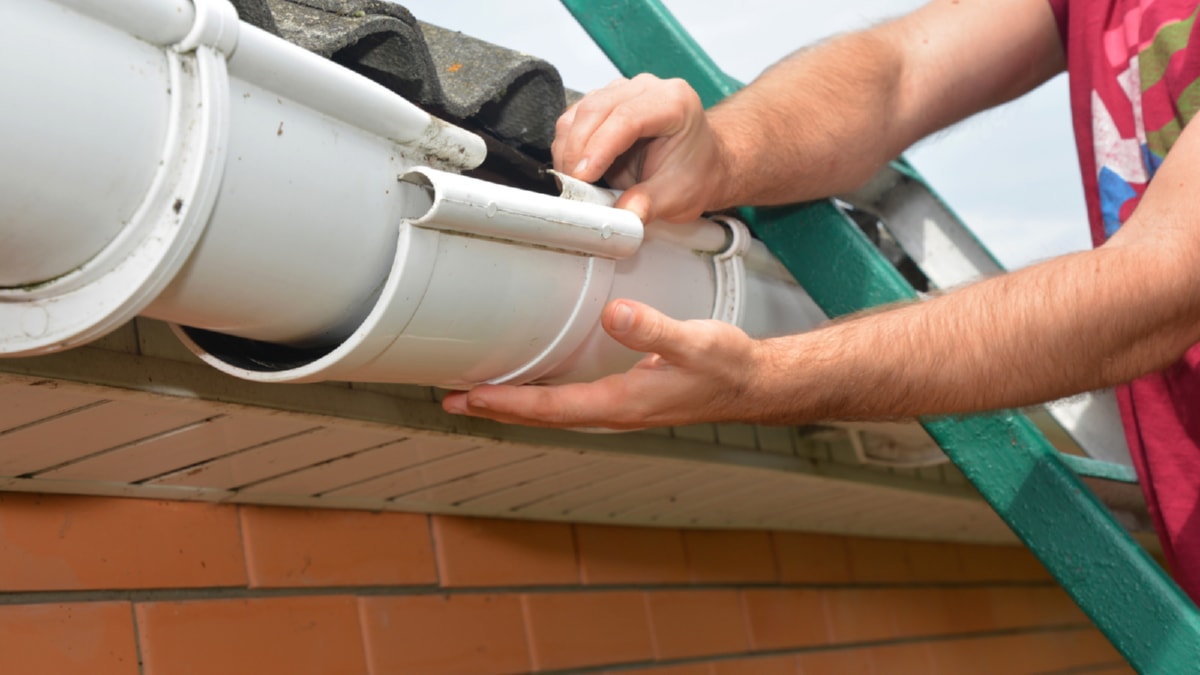Sustainable construction is no longer perceived as a luxury or an option; in today’s world, it has become a necessity. The quest to build structures that not only stand robust against time but also have a minimal environmental impact has led to significant changes in construction methodologies and technologies. This article aims to provide a comprehensive guide to some of the key emerging trends in sustainable construction.
Firstly, there is an increasing trend towards green building. Green building involves the use of processes and materials that are environmentally friendly and energy-efficient. These buildings are designed in such a way that they reduce overall impact on human health and the environment. This is achieved during the building’s lifecycle, which includes design, construction, operation, maintenance, renovation, and demolition. Leadership in Energy and Environmental Design (LEED) and Building Research Establishment Environmental Assessment Method (BREEAM) are among the most widely recognized green building certification standards.
Secondly, the use of sustainable materials in construction is becoming increasingly prevalent. These materials are derived from recycled products and are highly efficient in terms of energy consumption. They are typically low-maintenance, durable, and recyclable or biodegradable. Examples include recycled steel, bamboo, cork, and bio-based insulation materials. These materials not only reduce the negative impact of construction on the environment, but they also contribute to improved building performance and occupant health and comfort.
Another noteworthy trend is the adoption of energy-efficient designs and technologies. This includes the use of passive solar design, which takes advantage of the building’s site, climate, and materials to minimize energy use. Additionally, advanced technologies like solar panels, wind turbines, and geothermal systems are being integrated into building designs to generate renewable energy onsite. These approaches not only reduce a building’s carbon footprint, but they also result in significant cost savings over time.
Water efficiency is also a major focus of sustainable construction. Strategies for achieving this include the use of water-efficient appliances and fixtures, rainwater harvesting systems, and greywater recycling systems. These measures help to reduce water consumption and promote the sustainable use of water resources.
Lastly, the trend towards building resilience is growing in significance. This involves designing and constructing buildings that can withstand natural disasters and the impacts of climate change. It also includes the use of adaptive design strategies to enable buildings to respond and adapt to changing conditions over time.
The construction industry plays a critical role in addressing global environmental challenges. As such, it is imperative that we continue to innovate and adopt sustainable construction practices. The trends highlighted in this article represent just a few of the ways in which the industry is evolving to meet this challenge. By embracing these trends, we can not only create buildings that are more sustainable, but we can also improve the quality of our built environment for generations to come.
For more details, check best masonry services or visit their business listing here.



